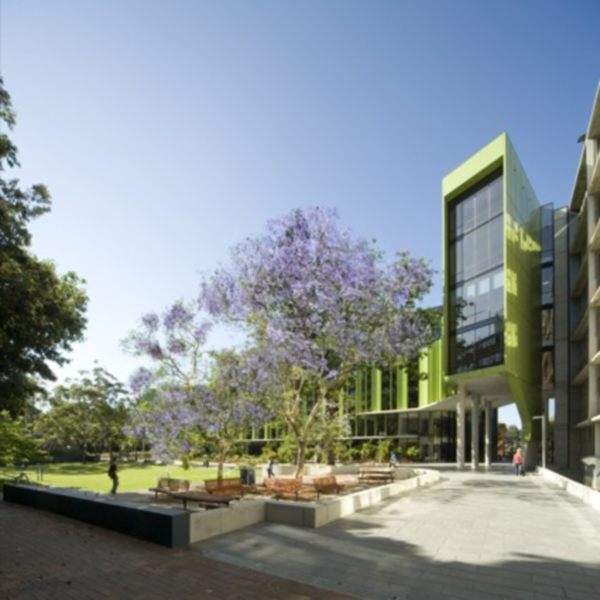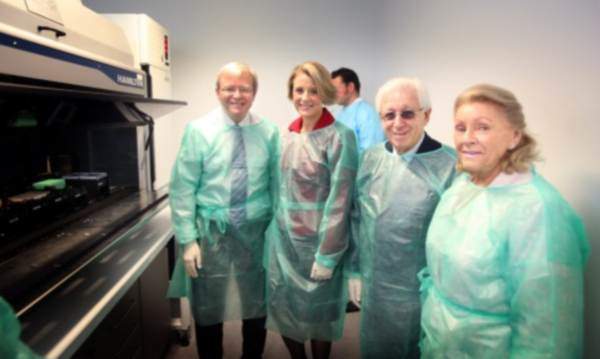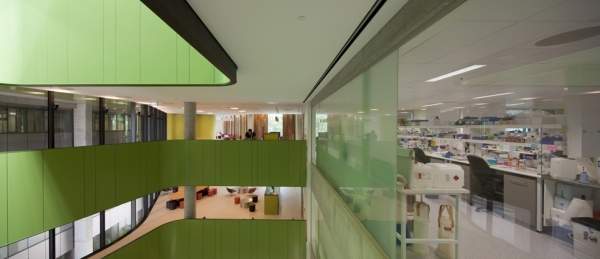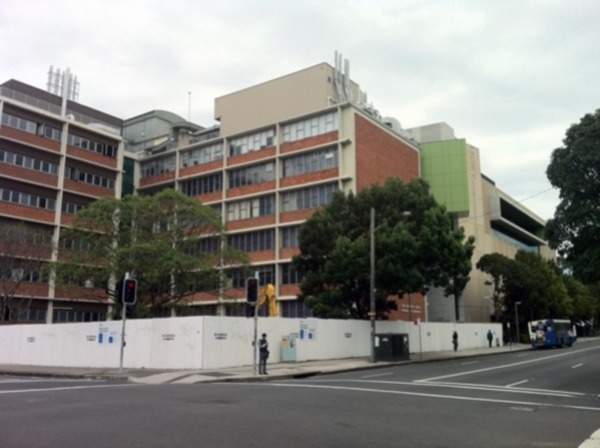The Lowy Cancer Research Institute, located in the premises of University of New South Wales (UNSW), Sydney, is the largest dedicated cancer research centre in southern Australia. It is also Australia’s first combined and dedicated adult and children cancer research institute. The A$100m ($127m) facility was completed in November 2009 and officially opened in May 2010.
The facility is shared by 400 researchers of the University’s Faculty of Medicine and Children’s Cancer Institute of Australia (CCIA).
Sharing of the facility’s equipment by the adult and children cancer research institutes is expected to provide cost saving on the heavy equipment.
The building was constructed from the sale proceeds of Little Bay facility located on the outskirts of Sydney. The Little Bay site was previously occupied by the Prince Henry Hospital, constructed in the late 1800s and early 1900s for the treatment of epidemics. The site was made available for residential use in 2001 after the transfer of the hospital services to Prince of Wales Hospital.
The Lowy Cancer Research Institute project was also financially supported by both the government and private organisations. The institute is named after Frank Lowy, a leading businessman and philanthropist who donated $10m towards the construction of the new building. It is the largest amount ever received by the university in the form of a donation.
The NSW Government and the Federal Government supported the project through a grant of $18.3m and $13.3m respectively given to the CCIA. The Australian Cancer Research Foundation (ACRF) donated about $3.1m to make space for the Drug Discovery Centre for Childhood Cancer.
Lowy Cancer Research Institute details
The facility is built alongside three teaching hospitals, including the Wallace Wurth teaching facility to facilitate the knowledge transfer of research discoveries into actual patient care.
The Lowy Cancer Research Institute has a floor area of 16,800m2 and is an eight-storey building.
The two in-ground basements house specialist equipment. The next four floors (level 1 to level 4) comprise wet laboratories with write-up space. The movement between these levels is facilitated by an internal lift. Equipments are placed to the north side of the laboratories with write-up space created in the south side.
Keeping this classification in mind, the northern façade of the building is mostly concrete-built to avoid sunlight falling on the equipment. In contrast to this, the southern façade is attractive and has a combination of glazed and vertically shaped green aluminium bands. The ceiling on the south of the building is stepped-up and provided with a large size window to provide garden views.
The seventh and the eighth floors of the facility provide room for administration services, dry research, seminars and staff entertainment.
The wide corridors at each level provide space for informal associations and semi-open plan work areas for the researchers. The upper levels of the new building and the Wallace Wurth Medical Faculty building are bridged by the corridor’s core. A diagonal path between these two buildings serves as a pedestrian entrance to the building as well as the garden.
The foyer is built vertically and spans all the six floors as an atrium.
The building is powered by a 770KW gas-fired co-generation electric plant connected parallel to the main grid. The power is distributed throughout the campus via an on-site high voltage ring main. This unit is estimated to save up to 1,600 tons of carbon dioxide a year.
Drugs produced at the southern Australia dedicated cancer research centre
The institute will carry out clinical trials on an anti-mitochondrial cancer drug to be used in patients suffering from bowel cancer.
Clinical trials were carried out on the earlier version of this drug in the UK. The new trials will however be carried out on Australian patients.
Construction / contractors involved
The project faced many construction challenges right from the start.
It is constructed on the northern end of the UNSW campus. The floor area increased by 30% during the design phase and as a result the northern façade could not be built further back from the street. The project is still not 100% complete as the adjacent Faculty of Medicine building is under renovation, which is scheduled to be completed by 2013. This will include a new north façade.
The construction had to be carried with the university staying open. The site required remediation as the ground water was contaminated. For this purpose, the land was excavated and layered with pieces of rock to control the incoming ground water.
As the facility was being constructed adjacent to the Wallace Wurth teaching facility, vibrations and sound resulting from the building construction were controlled and monitored to the lowest level.
The building design and landscape was provided by Lahz Nimmo Architects and Wilson Architects. They won the bid through a competition.
Lend Lease of Australia provided the construction and project management services.
The main engineers involved in the project were Taylor Thomson Whitting for structural and façade engineering, Knox Advanced Engineering for mechanical engineering, Warren Smith and Partners for the hydraulic and fire services, Aurecon for electrical and lighting engineering and Arup for fire engineering.
SC Medical Gases was the medical gases consultant. Steve Watson and Partners provided consulting and approval services. Acoustic Studio was the acoustic consultant.
The co-generation electric power unit was provided by Cogent Energy.











